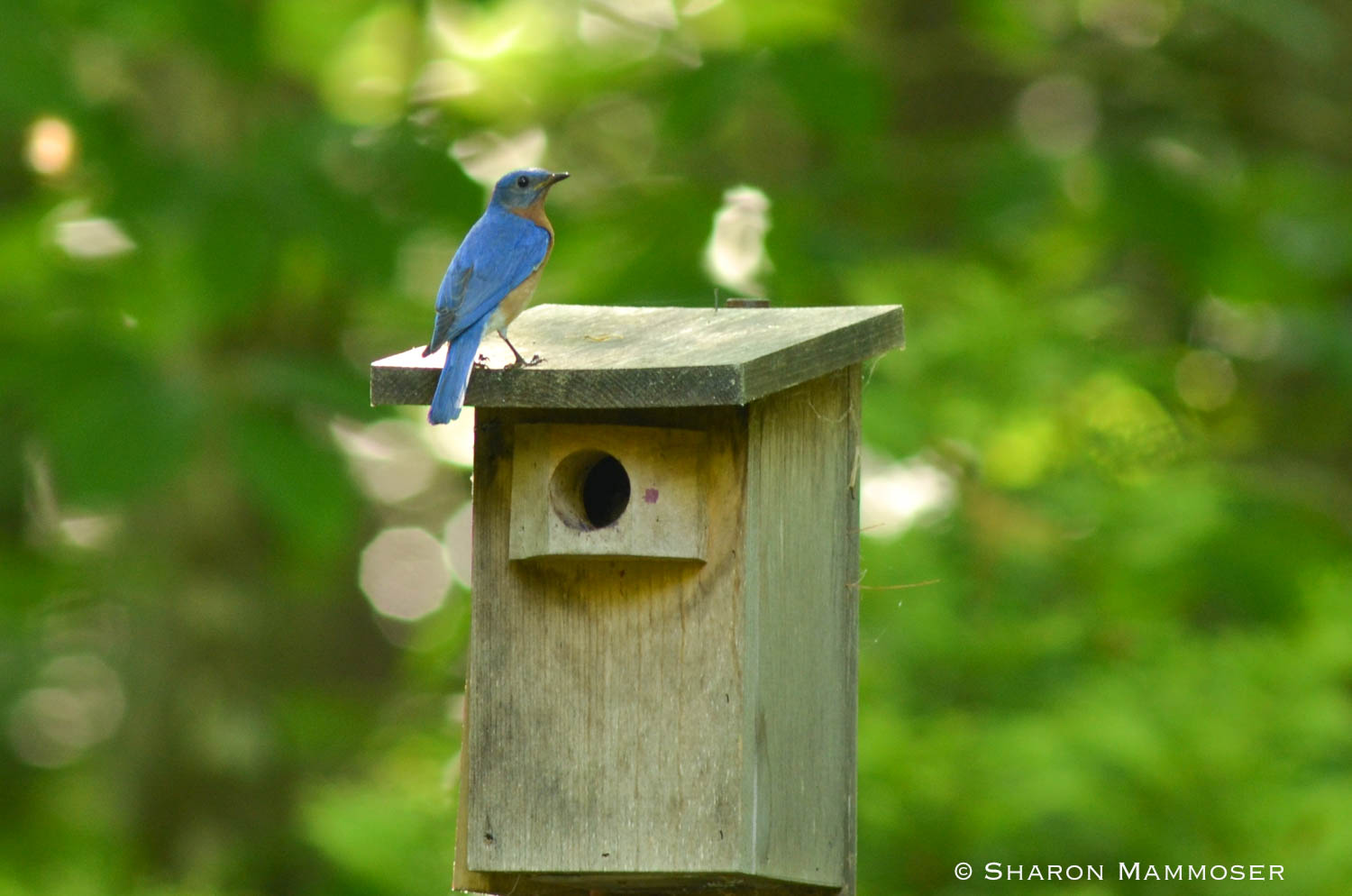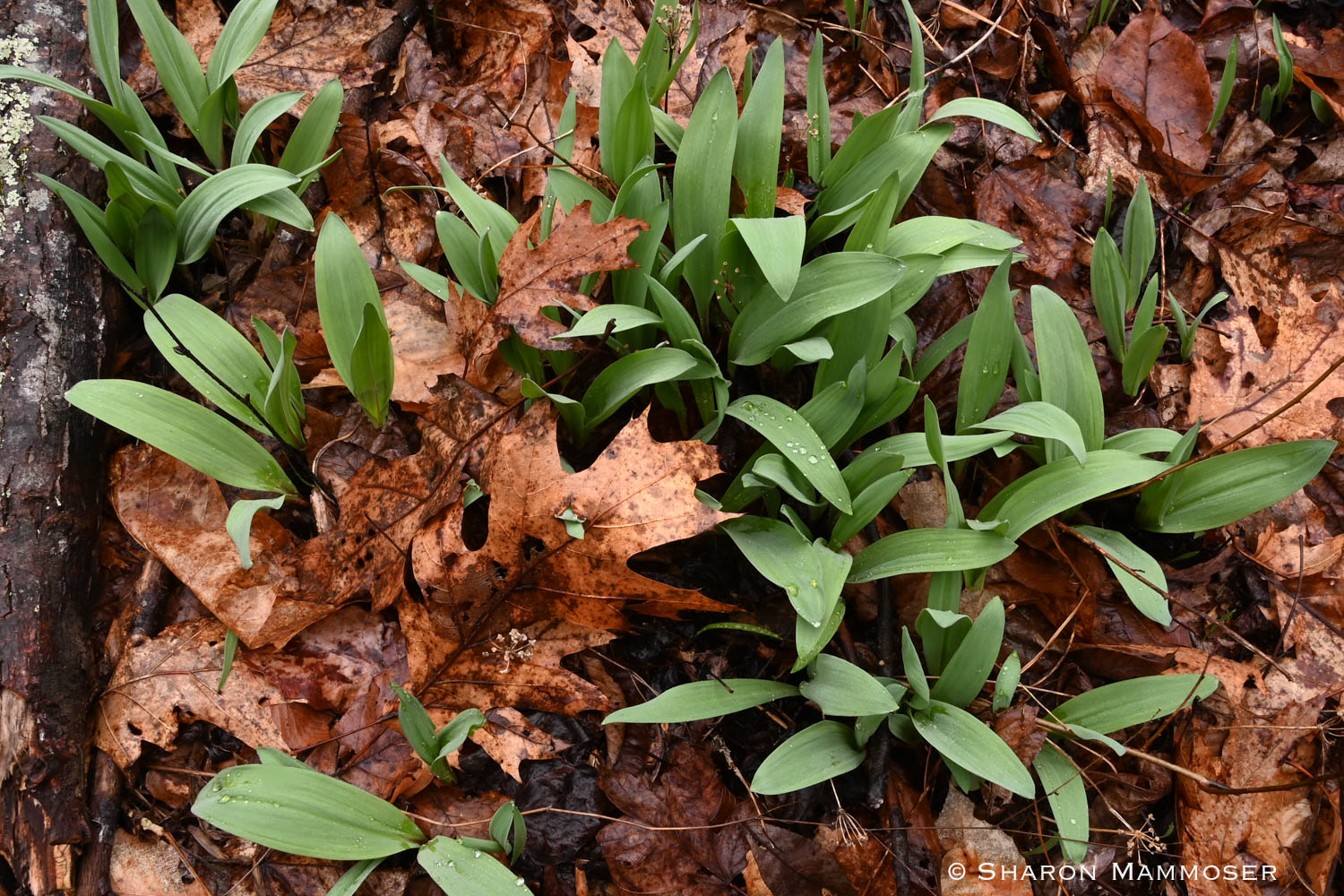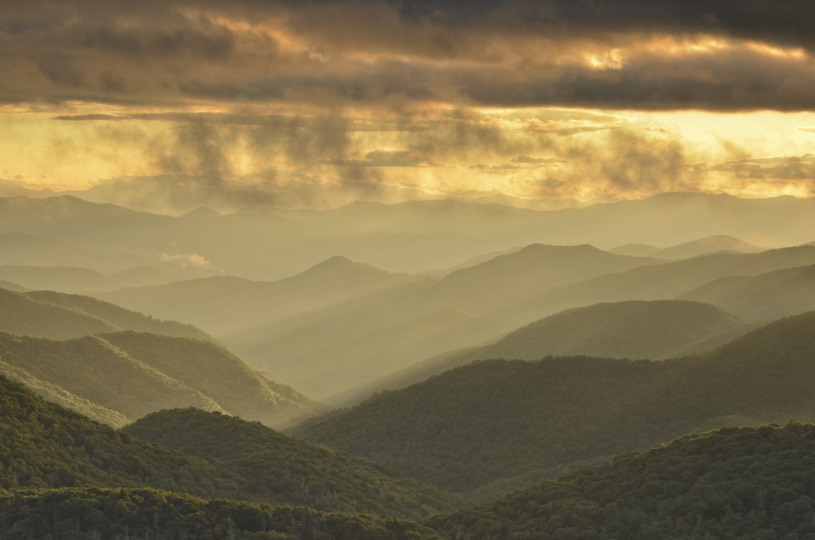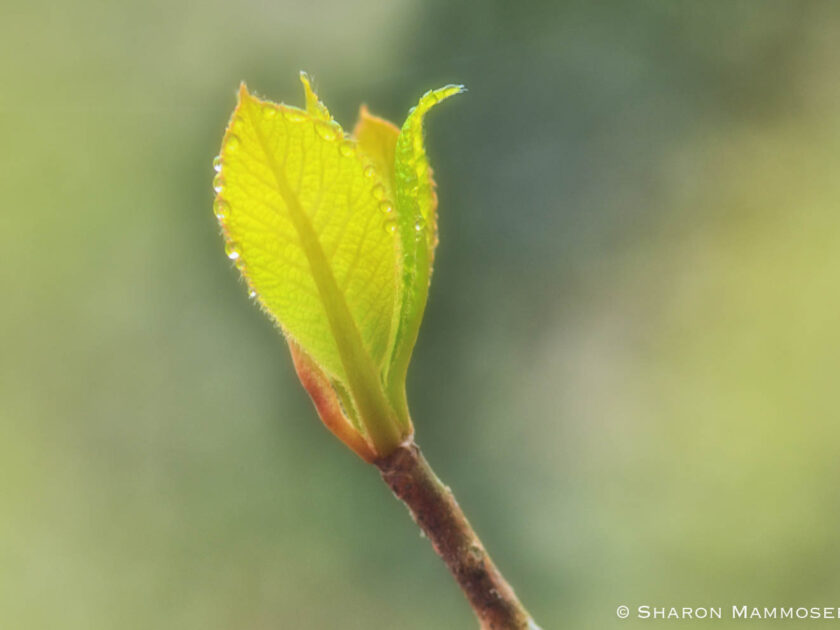This morning when I stepped outside to put out the bird feeder I was blown away by the bank of pink clouds sitting above the eastern horizon–the sky around them a gorgeous shade of blue. Somehow, after an all-day rain yesterday, and feeling sad when I woke up, it wasn’t what I was expecting.

I’ve been thinking a lot about grief lately. Feeling a lot of grief. It’s been there for a while now but what really got me feeling blue was learning about two women who both lost a child to suicide in the past year and were going to participate in a National Alliance on Mental Illness walk in Asheville on May 18th. (I’ll be doing this too. Please get in touch if you want to join me, or if you want to donate to my team) This got me thinking again about my brother Andy, who died by suicide (I wrote about this ) when he was just a month shy of 30. I wondered what would he be doing now if he was still alive. It was years ago now and many birthdays have passed, but as anyone who’s ever lost a loved one can tell you, time is irrelevant. One day ago, or 30 years, there’s no expiration date on grief.
With time, the pain of losing someone is less, but it never goes away. (Grief is like glitter.) One learns to live with it, realizing that the crushing sadness can return at any moment, drifting into your mind on a million vessels… a song, word, phrase, picture, reference, movie, event, sound, dream, thought, name, memory, smell, gesture, laugh… To each we are defenseless. All steal our happiness momentarily and leave us with an aching emptiness that is both nameless and shapeless. It’s like we forever carry inside us a tiny shriveled-up balloon that can suddenly grow with a little or a lot of air at any moment, and once inflated it may stay that way for a second or a minute, hour, or day. We become actors, doing the best we can to ignore it, to go on as if all is well. We’re sometimes successful, sometimes not. Most of us have wounds that do not show.
Thinking about grief, and what Andy would have been doing at this moment if he was still alive, I dug up a piece I read many years ago, written by an old man. Even now all of these years later I remember reading how he described grief and just bawling my eyes out, knowing how perfectly he got it and also how lucky we all are to be alive and still able to feel grief. I don’t know the name of this guy, or anything about his situation, but I know I still think about what he said, which was, “I’m old. What that means is that I’ve survived (so far) and a lot of people I’ve known and loved did not.
I’ve lost friends, best friends, acquaintances, co-workers, grandparents, mom, relatives, teachers, mentors, students, neighbors, and a host of other folks. I have no children, and I can’t imagine the pain it must be to lose a child. But here’s my two cents…
I wish I could say you get used to people dying. But I never did. I don’t want to. It tears a hole through me whenever somebody I love dies, no matter the circumstances. But I don’t want it to “not matter”. I don’t want it to be something that just passes. My scars are a testament to the love and the relationship that I had for and with that person. And if the scar is deep, so was the love. So be it.
Scars are a testament to life. Scars are a testament that I can love deeply and live deeply and be cut, or even gouged, and that I can heal and continue to live and continue to love. And the scar tissue is stronger than the original flesh ever was. Scars are a testament to life. Scars are only ugly to people who can’t see.
As for grief, you’ll find it comes in waves. When the ship is first wrecked, you’re drowning, with wreckage all around you. Everything floating around you reminds you of the beauty and the magnificence of the ship that was, and is no more. And all you can do is float. You find some piece of the wreckage and you hang on for a while. Maybe it’s some physical thing. Maybe it’s a happy memory or a photograph. Maybe it’s a person who is also floating. For a while, all you can do is float. Stay alive.
In the beginning, the waves are 100 feet tall and crash over you without mercy. They come 10 seconds apart and don’t even give you time to catch your breath. All you can do is hang on and float. After a while, maybe weeks, maybe months, you’ll find the waves are still 100 feet tall, but they come further apart. When they come, they still crash all over you and wipe you out. But in between, you can breathe, you can function. You never know what’s going to trigger the grief. It might be a song, a picture, a street intersection, the smell of a cup of coffee. It can be just about anything…and the wave comes crashing. But in between waves, there is life.
Somewhere down the line, and it’s different for everybody, you find that the waves are only 80 feet tall. Or 50 feet tall. And while they still come, they come further apart. You can see them coming. An anniversary, a birthday, or Christmas, or landing at O’Hare. You can see it coming, for the most part, and prepare yourself. And when it washes over you, you know that somehow you will, again, come out the other side. Soaking wet, sputtering, still hanging on to some tiny piece of the wreckage, but you’ll come out.
Take it from an old guy. The waves never stop coming, and somehow you don’t really want them to. But you learn that you’ll survive them. And other waves will come. And you’ll survive them too.
If you’re lucky, you’ll have lots of scars from lots of loves. And lots of shipwrecks.”
Takes your breath away, right? He got it so right on.

So there I am in my driveway in the woods, overwhelmed by grief, feeling sadness for all kinds of things–my brother, yes, but also other things I grieve for regularly– the trees cut down on the hillside, the bear euthanized for some human’s stupidity, the coyotes shot for “fun,” even the squirrels and other animals dead along my road, the loss of life from war, of doors closed forever… And suddenly I see. I see my “Enchanted Forest,” where leaves lay where they fell, inches deep, and oaks grow in the spots the squirrels planted them 200 years ago, their spreading branches reaching high into the sky, and when I look, I spot the leaf of a trillium making its way through the thick coating of decomposing leaves to reach for the light. I see the first signs of ramps on the hillside, their green leaves an alien color among the browns of winter. I watch the pair of bluebirds checking out the nesting boxes, their subtle song a welcome whisper in the still air. I walk to the pond where I know I will see tiny black tadpoles gathered together in safety above the clear, gelatinous blobs where they were left by the female wood frogs only weeks ago on a rainy day. If I look I’ll see eastern newts in the clear water, hovering near the surface, their legs and tail splayed as their tiny eyes take in the world. I close my eyes and listen to the repetitive call of the phoebe telling the world where he lives, of the brown thrasher confidently mimicking the calls of all of the other birds. I see the tiny buds opening on the thin branches of the red buckeyes, just a moment away from bursting forth with fresh new leaves.
In mere weeks there will be green where there was brown, there will be song where there was silence, there will be hope where there was none. Mother Nature provides us with the perfect example every spring that new life is coming. That change can be good. That if we wait long enough, we’ll find reasons again to face the day. And just maybe, to feel joyful.
… If you or someone you love is struggling with feelings of hopelessness or depression, know that you are LOVED, and that help IS available. It takes courage to tell others you’re struggling but people who love you can join you in the fight.
American Foundation for Suicide Prevention




What a poignant composition, Sharon! My older brother (my hero!)succumbed to schizophrenia when he was 19, and I was 13, when he committed suicide. I still think about him often, 55 years later! No, death is never easy, but being in nature sure helps ease the pain.
Hey John, thanks for reading and for taking the time to write. I’m sorry for your loss– I can’t imagine how hard that must have been for you at 13! I think your last sentence is right on– ” No, death is never easy, but being in nature sure helps ease the pain.”
Sharon, thank you for this essay, it stroked my heartstrings deeply. I have a dear friend (in his 70’s) who recently lost his mother (90’s). I sent him my favorite card of yours, heart rock photo on the front, two trees hugging photo inside; he just melted into a puddle of grief and joy. Has the card on his mantle, looks at your beautiful photographs daily, and thanks me weekly for your gift of nature! The renewal of life in spring always brings the same to my soul.
Hey Sara, Thank you for taking the time to write. I am glad to hear that one of my cards went out into the world and meant something to your friend. It reminds us that it is so easy to spread kindness, anyone can do it and that it doesn’t cost a thing. May you enjoy all of the blessings of spring!
That is the best post you have ever written. You continue to touch the heart strings of everyone around you.
Ahh thanks. I appreciate the kind words, and that you always read my posts. XXOO